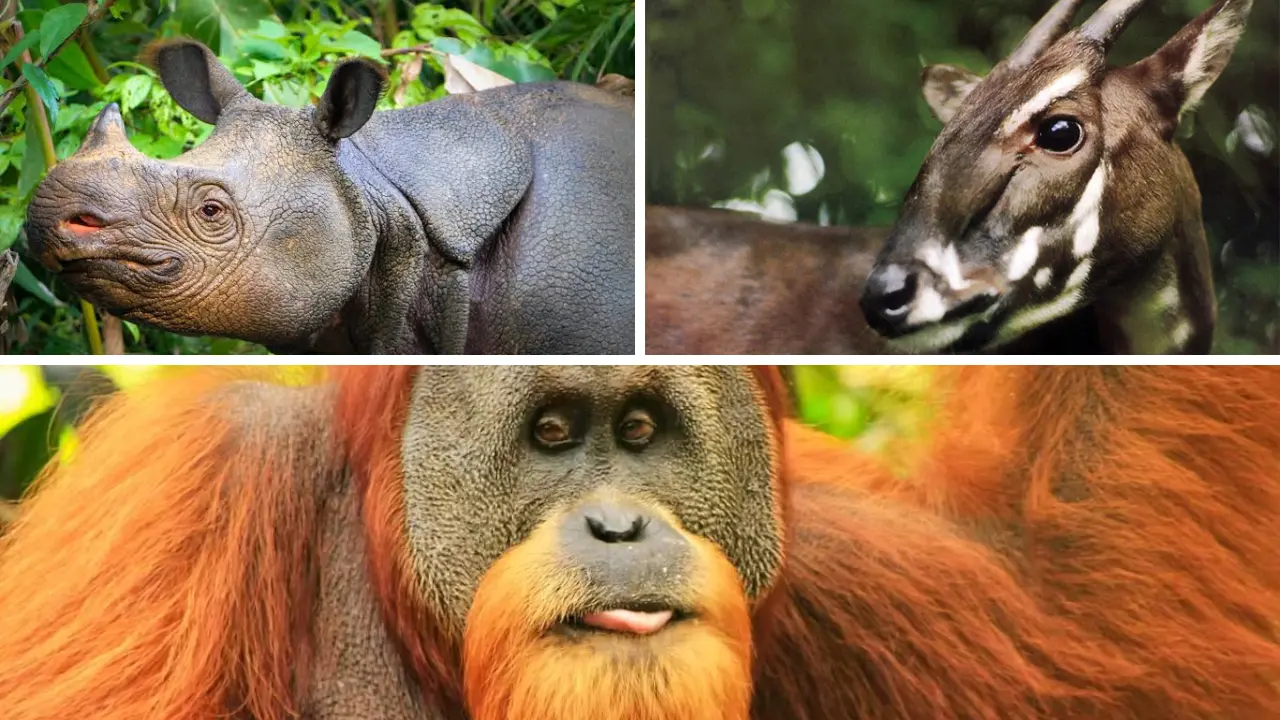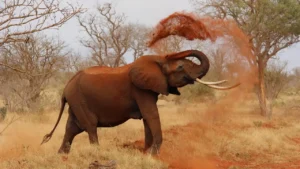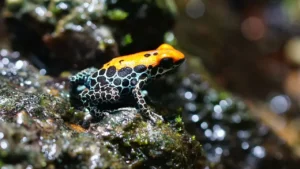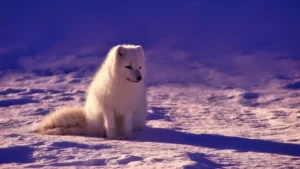Table of Contents
Introduction
Every species in the enormous tapestry of life on Earth contributes differently to preserving the fragile balance of ecosystems. However, human activities have pushed numerous species to the brink of extinction, threatening not only their survival but also the stability of our planet’s biodiversity. As we step into 2024, it’s crucial to shine a spotlight on the endangered animals list, highlighting the species facing the greatest threats and the urgent need for conservation efforts.
Understanding Endangered Species
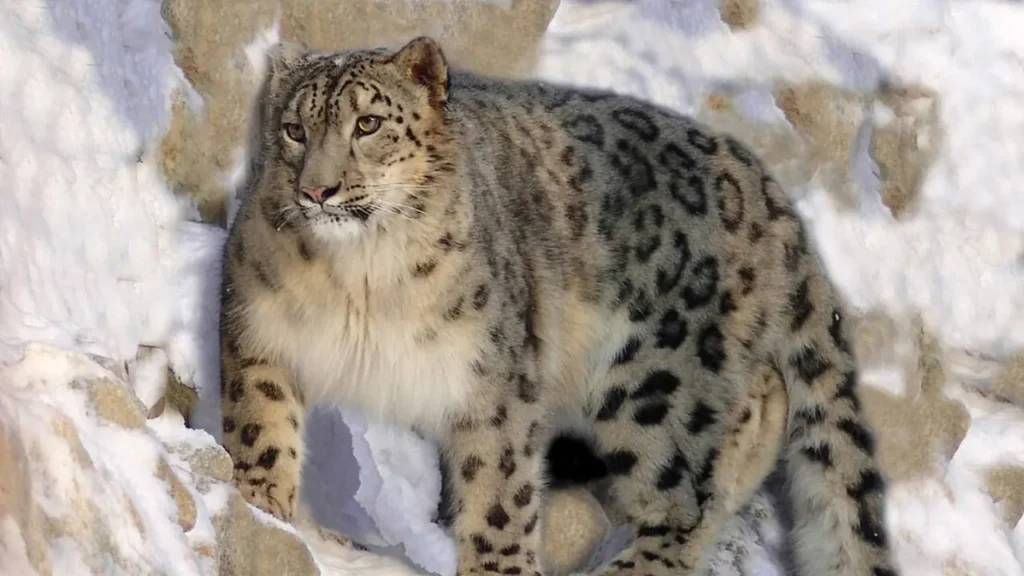
The term “endangered species” refers to organisms that are at risk of extinction in the near future. These species face various threats, including habitat loss, climate change, pollution, poaching, and invasive species. The International Union for Conservation of Nature (IUCN) maintains the Red List, which assesses the conservation status of species worldwide. The list categorizes species into different classifications, including “Critically Endangered,” “Endangered,” and “Vulnerable,” based on their population size, distribution, and rate of decline.
The Endangered Animals List of 2024
- Sumatran Orangutan (Pongo abelii): Found only on the Indonesian island of Sumatra, the Sumatran orangutan is critically endangered due to habitat loss from deforestation and illegal hunting.
- Amur Leopard (Panthera pardus orientalis): Native to the Russian Far East and parts of China, the Amur leopard is one of the rarest big cats in the world, with fewer than 100 individuals remaining in the wild. Poaching and habitat destruction pose significant threats to its survival.
- Vaquita (Phocoena sinus): The world’s smallest and most endangered porpoise, the vaquita is on the verge of extinction due to entanglement in illegal fishing nets, particularly in Mexico’s Gulf of California.
- Javan Rhino (Rhinoceros sondaicus): With only around 70 individuals remaining in the wild, the Javan rhinoceros is one of the rarest large mammals on Earth. Habitat loss and poaching for its horn have driven this species to the brink of extinction.
- Hawksbill Turtle (Eretmochelys imbricata): Known for its beautiful shell, the hawksbill turtle is critically endangered due to poaching for its shell, habitat loss, and climate change affecting its nesting sites.
- Yangtze Finless Porpoise (Neophocaena asiaeorientalis ssp. asiaeorientalis): Endemic to China’s Yangtze River, this species is threatened by pollution, habitat loss, and overfishing, with only a few hundred individuals remaining.
- Saola (Pseudoryx nghetinhensis): Often referred to as the “Asian unicorn,” the saola is an enigmatic and elusive species found in the Annamite Mountains of Vietnam and Laos. Its population is rapidly declining due to habitat loss and hunting.
- North Atlantic Right Whale (Eubalaena glacialis): With fewer than 400 individuals left, the North Atlantic right whale is one of the most endangered whale species. Collisions with ships and entanglement in fishing gear are significant threats to its survival.
- Cross River Gorilla (Gorilla gorilla diehli): Restricted to the mountainous forests of Nigeria and Cameroon, the Cross River gorilla is critically endangered due to habitat fragmentation, poaching, and human encroachment.
- Philippine Eagle (Pithecophaga jefferyi, Endangered Animals List): Known as the “Monkey-eating eagle,” the Philippine eagle is one of the world’s largest and most powerful birds of prey. Deforestation and hunting have led to its critically endangered status.
- South China Tiger (Panthera tigris amoyensis): Once widespread across southern China, this tiger subspecies is now considered functionally extinct in the wild due to habitat loss, poaching, and depletion of prey species.
- Western Lowland Gorilla (Gorilla gorilla gorilla): Found in the dense forests of Central Africa, the Western lowland gorilla faces threats from habitat destruction, disease, and illegal hunting for bushmeat.
- Pangolin (Manis spp): The world’s most trafficked mammal, pangolins are sought after for their scales, which are used in traditional medicine. All eight species of pangolin are threatened with extinction due to poaching and habitat loss.
- Snow Leopard (Panthera uncia): Inhabiting the mountain ranges of Central and South Asia, the snow leopard faces threats from poaching for its fur and bones, retaliatory killings by herders, and habitat degradation due to climate change.
- African Elephant (Loxodonta africana): Despite conservation efforts, African elephants are still under threat from habitat loss, poaching for ivory, and human-wildlife conflict. The loss of these iconic giants could have devastating consequences for African ecosystems.
- Mountain Gorilla (Gorilla beringei beringei, Endangered Animals List): Endemic to the mountain forests of Central Africa, the mountain gorilla has made a remarkable recovery thanks to conservation efforts. However, habitat loss, poaching, and political instability continue to threaten its long-term survival.
- Blue Whale (Balaenoptera musculus): The largest animal on Earth, the blue whale is classified as endangered due to decades of commercial whaling. Although protected since the 1960s, it faces ongoing threats from ship strikes, entanglement in fishing gear, and habitat degradation.
- Leatherback Turtle (Dermochelys coriacea): The largest of all sea turtles, the leatherback turtle is threatened by habitat loss, pollution, bycatch in fishing gear, and egg poaching. Climate change also poses a significant threat to nesting beaches and hatchling survival.
- Sumatran Elephant (Elephas maximus sumatranus): Endemic to the Indonesian island of Sumatra, the Sumatran elephant is critically endangered due to habitat loss from deforestation, human-wildlife conflict, and poaching for its tusks and body parts.
- Red Panda (Ailurus fulgens, Endangered Animals List): Found in the temperate forests of the Himalayas, the red panda is threatened by habitat loss, poaching for the illegal pet trade, and climate change-induced shifts in vegetation. Conservation efforts are underway to protect this charismatic species.
- Mexican Wolf (Canis lupus baileyi): Once widespread across the southwestern United States and Mexico, the Mexican wolf is now critically endangered, with only a few hundred individuals remaining in the wild. Habitat loss, hunting, and genetic issues pose significant threats to its survival.
- Bornean Orangutan (Pongo pygmaeus): Native to the island of Borneo, the Bornean orangutan is threatened by habitat destruction due to palm oil plantations, logging, and illegal hunting. Conservation efforts are underway to protect remaining forest habitats and rehabilitate orphaned individuals.
- Asian Elephant (Elephas maximus, Endangered Animals List): Widely distributed across Asia, the Asian elephant faces threats from habitat loss, human-wildlife conflict, and poaching for its ivory and body parts. Conservation efforts are focused on protecting remaining forest habitats and mitigating conflicts with local communities.
- African Wild Dog (Lycaon pictus): Also known as painted wolves, African wild dogs are one of the Endangered Animals List highly social predators found in sub-Saharan Africa. Habitat loss, fragmentation, and conflict with humans are major threats to their survival.
- Galápagos Penguin (Spheniscus mendiculus): The only penguin species found north of the equator, the Galápagos penguin is threatened by climate change, overfishing, and habitat disturbance. Conservation efforts are focused on protecting nesting sites and reducing human impacts on marine ecosystems.
Impact of Endangered Species Loss
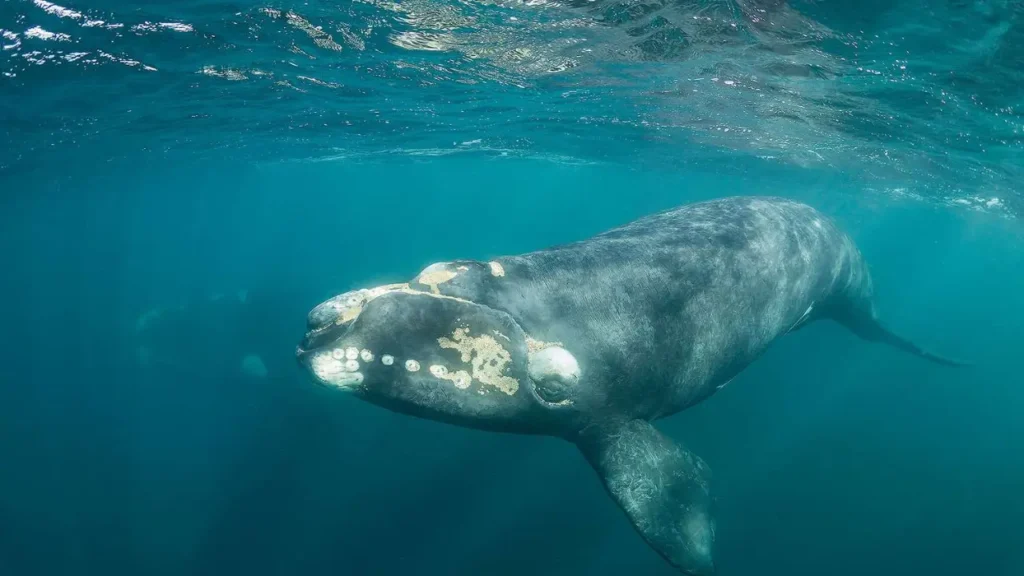
The loss of endangered species has far-reaching consequences for ecosystems and human well-being. Each species plays a crucial role in maintaining ecosystem services such as pollination, seed dispersal, and pest control. Additionally, biodiversity loss can disrupt food chains and destabilize ecosystems, leading to cascading effects on other species and ultimately impacting human livelihoods.
Conservation Efforts and Solutions
Despite the dire situation facing many endangered species, there is hope. Conservation organizations, governments, scientists, and local communities are working tirelessly to protect and restore habitats, enforce anti-poaching laws, and implement captive breeding programs to bolster populations. However, urgent and concerted efforts are needed to address the root causes of species decline, including habitat destruction, illegal wildlife trade, climate change, and human-wildlife conflict.
Conclusion
As we reflect on the endangered animals list of 2024, it’s evident that the survival of these species hinges on our collective action and commitment to conservation. Each of us has a role to play in protecting biodiversity and ensuring a sustainable future for all life on Earth. By raising awareness, supporting conservation initiatives, and making environmentally conscious choices, we can make a difference in safeguarding the planet’s most vulnerable inhabitants for generations to come.

